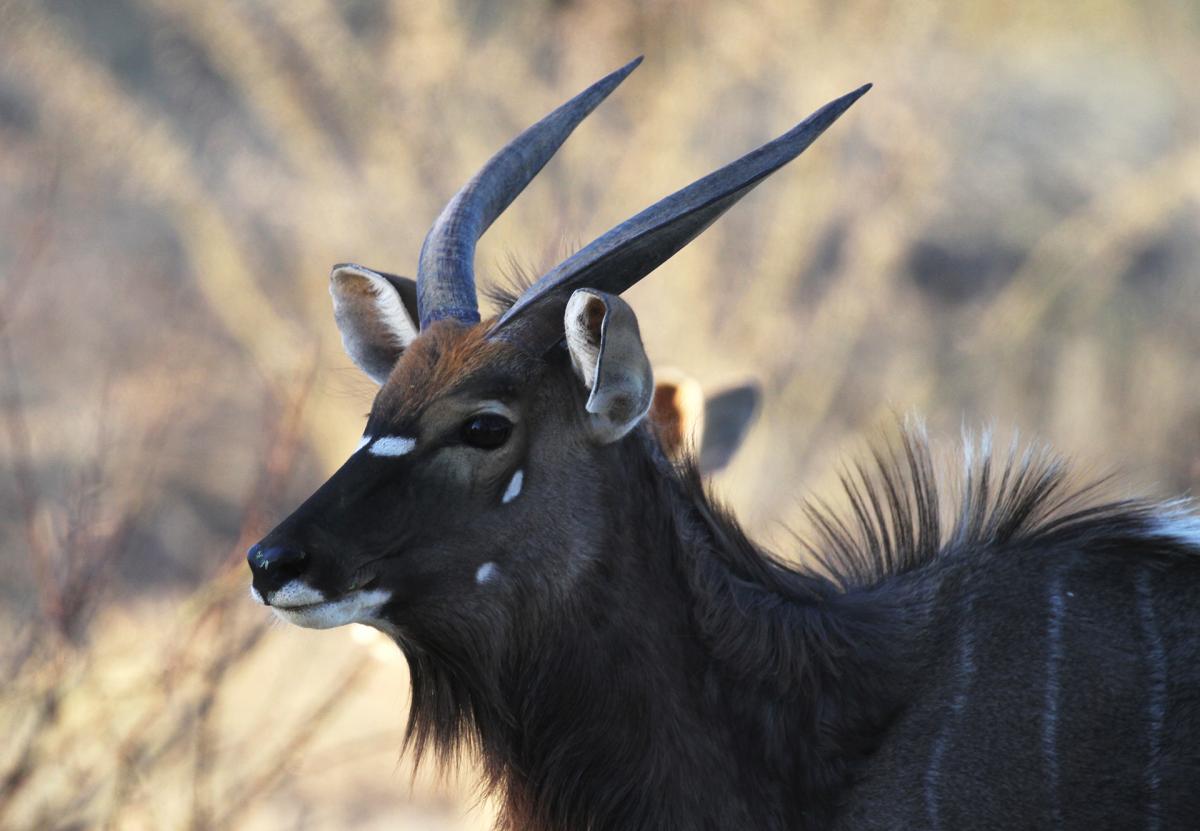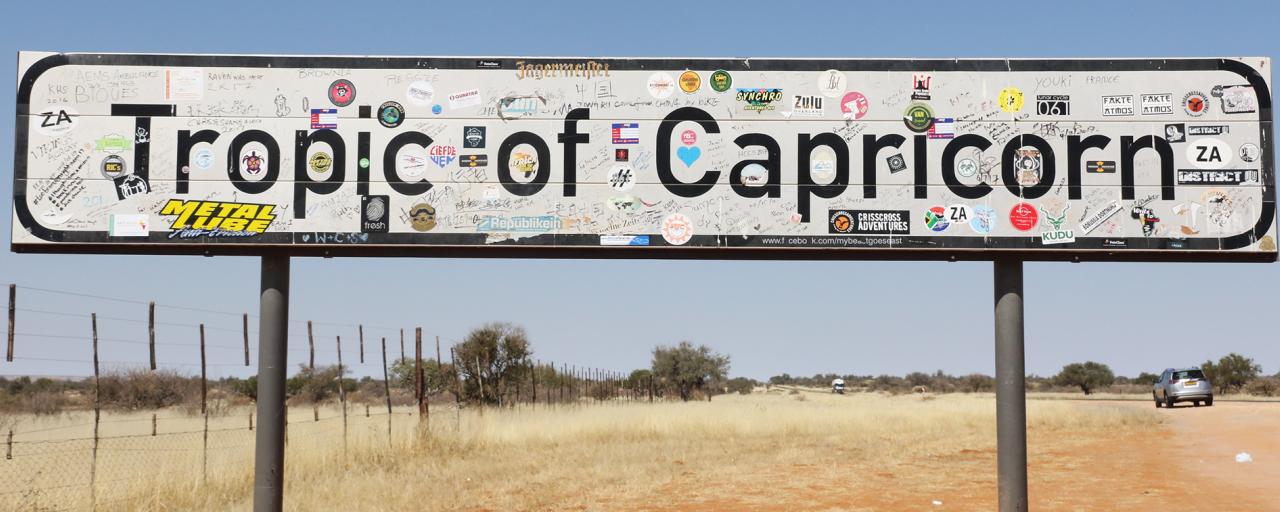Submitted by SafariADV on Sun, 2017-10-15
Today we have to leave Windhoek to move South, but first we have to pick up the car from the mechanic.
Yesterday, in fact, we brought our Toyota Hilux to do a good check-up, check the wheels and grease some gear after all the sand of the past days, but especially to re-weld the bullbar.
Yes, because, although we had already secured it at the exit of the Etosha, it did not handle the vibrations of the Namibian dirt roads and split again, only that the loss of integrity of the structure has caused it to break in two more points.
A disaster to which we got a temporary remedy, using the gaffer’s tape and a rope; now the bullbar has been repaired, the welds have been made to perfection and some supports have been added to prevent it to break again.
We leave again with some "scars of war" for our Dr. Livingstone that make it a bit more lived.
With the car back to new, we leave Windhoek and head South, the Kalahari desert and the Kgalagadi Transfrontier Park await us.
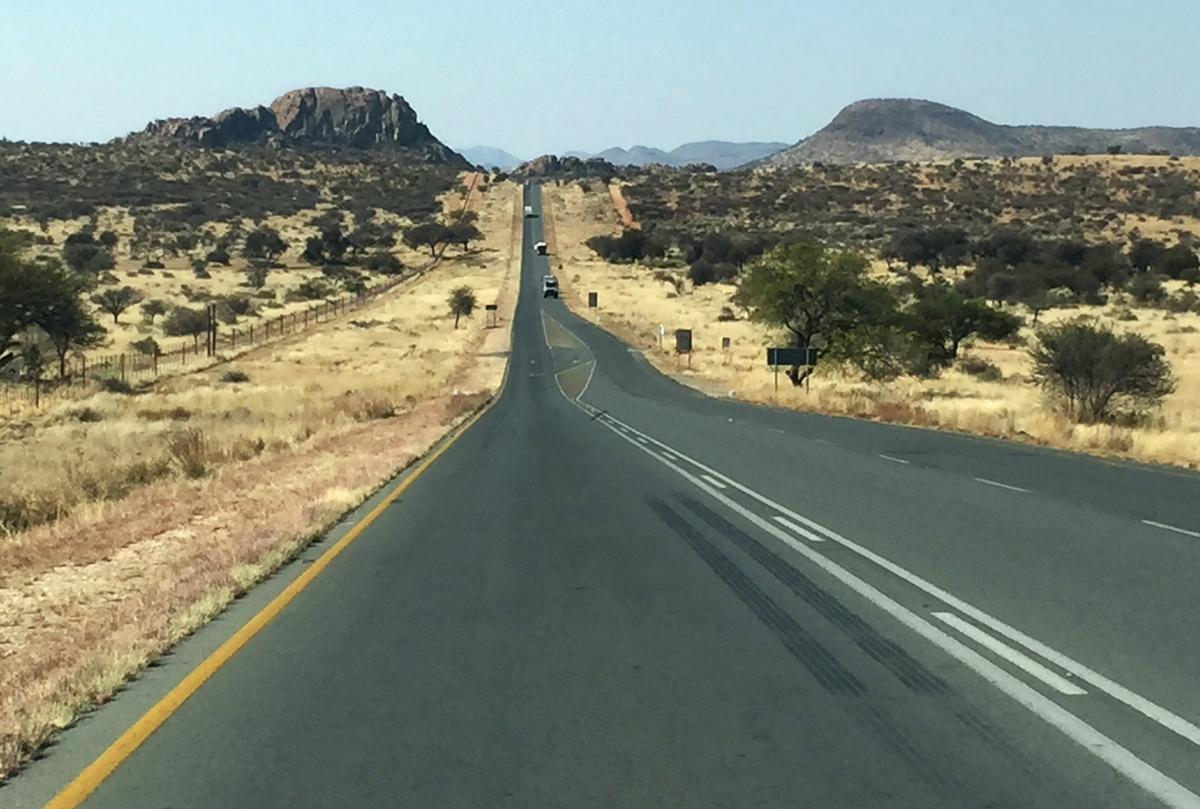
Here the road is asphalted and we proceed fast, the curves can be counted on the fingers of a hand, and the boundless spaces around us remind us a bit of Australia.
We arrive at the point where the Capricorn tropic crosses Namibia, we stop for the official photos with the sign indicating the exact point where the tropic passes; the signage is covered with stickers of those who have passed from here, so we decide to add the logo of our site, but it is not easy to find a free corner, without covering the writing or other stickers.
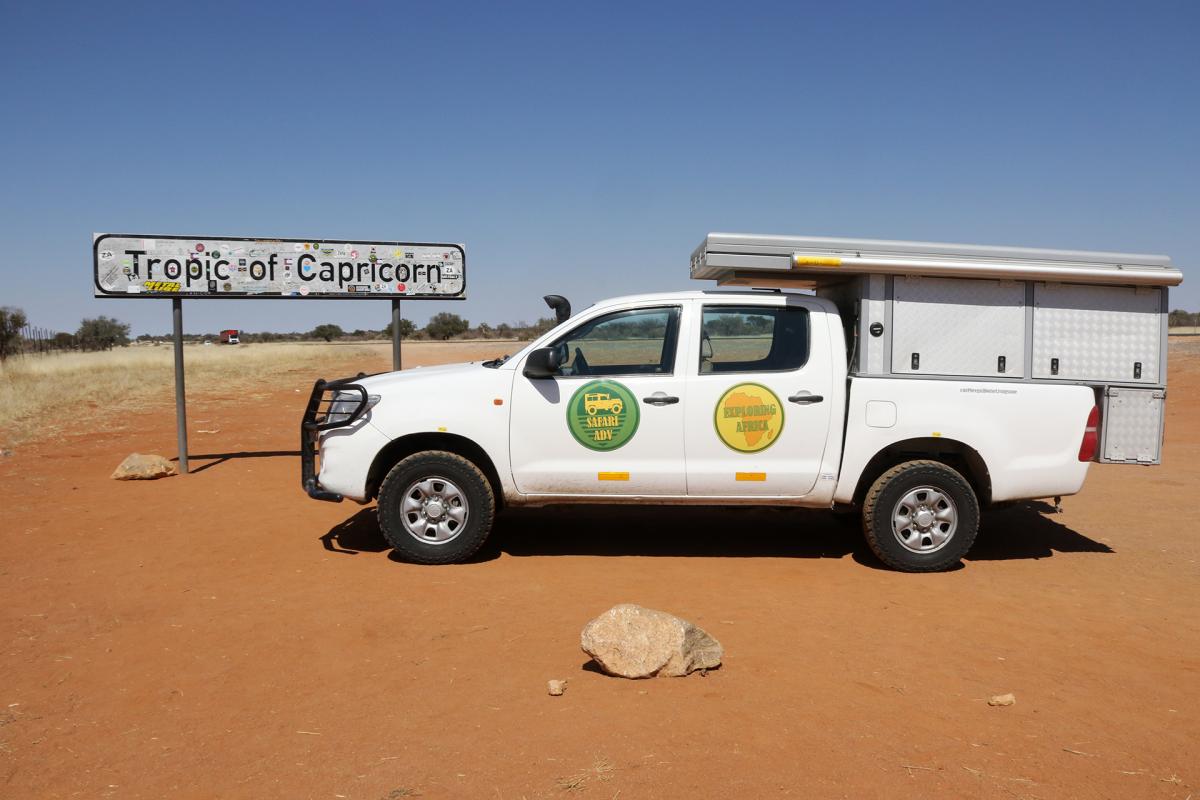
Under the sign we meet two Emilian guys who are doing a motorbike tour, the two big BMWs they travel with are able to easily tackle dirt roads and slopes: a good trip!
We resume our journey to Mariental, here we refuel and then we depart; after a few kilometers we turn East and say goodbye to the asphalt, we will meet it again only in a few days when we will be in South Africa.
The dirt road is in good condition and this allows us to drive at a sustained speed; as we pass through the sand dunes, on the side of the road, they are getting higher and the sand passes from a gold colour to an intense red-orange.
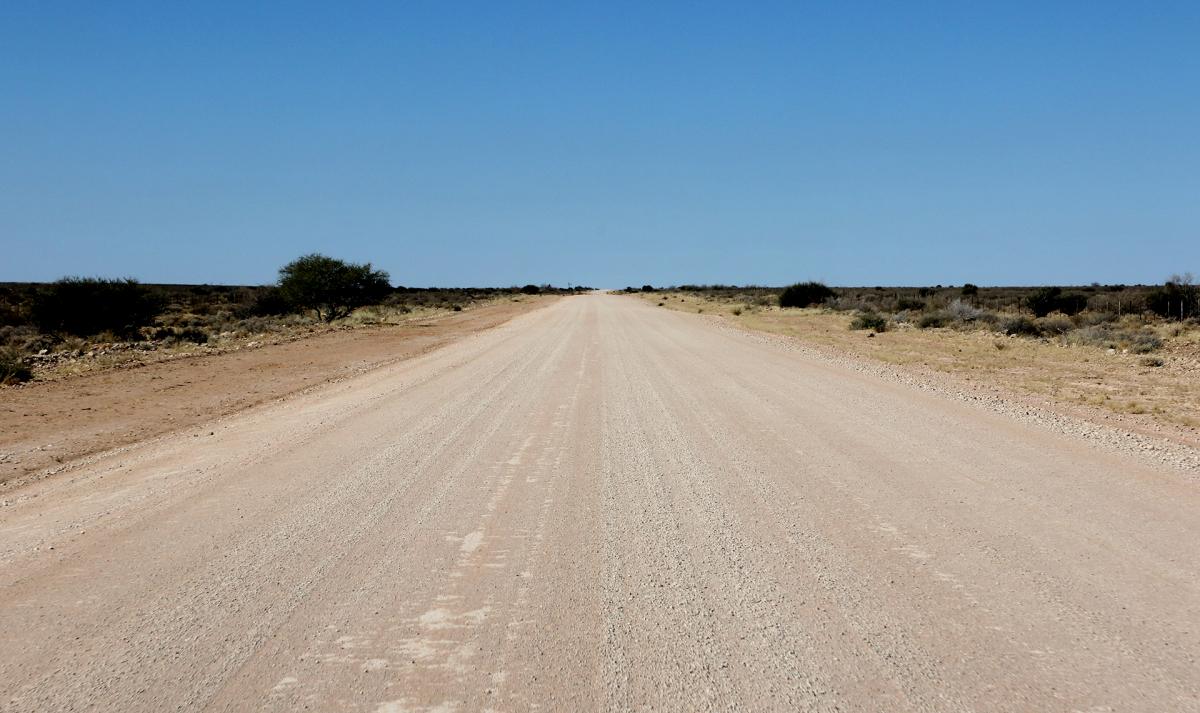
Along the way we see several farms, in many of these there are horses, cattle and sheep and the locals run on horseback or on board of a Dune Buggy; some farms host wild animals, especially antelopes.
The landscape is fascinating, the sand tries to overpower everything and the contour of the horizon is interrupted only by some windmill, that provides energy to the wells to extract water.
We arrive at the intersection where we have to turn left, to reach our campsite, and we are stopped by two policemen who came out of nowhere, they seem more curious than anything else, they ask us where we arrive from and confirm that our campsite is a few kilometers away then greet and wish us a good trip.
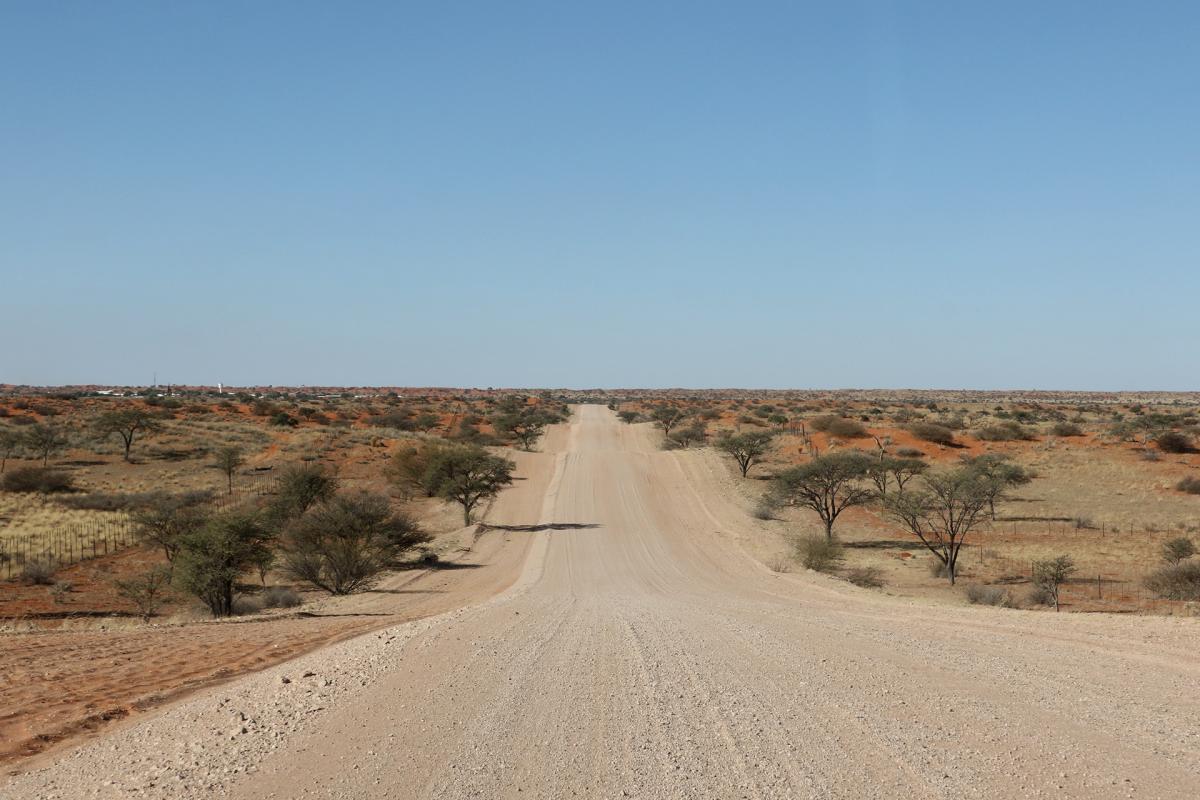
The campsite faces a very nice lodge, although the style looks more like the South-West of the United States than the African one, it also has a pool and a restaurant that we can use.
The ground that hosts the campsite is an incredibly green lawn rectangle that contrasts a lot with the surrounding desert; the most beautiful thing is that we are the only guests, we have this space just for us.
The lodge has a large farmland site where numerous wildlife species, such as springboks, black springboks, sables and nyalas, are housed.
The antelopes move freely and, attracted by the green and fresh grass, approach and roam around the camping, it is nice to observe them so closely in an unusual setting than a national park, it is very exciting.
